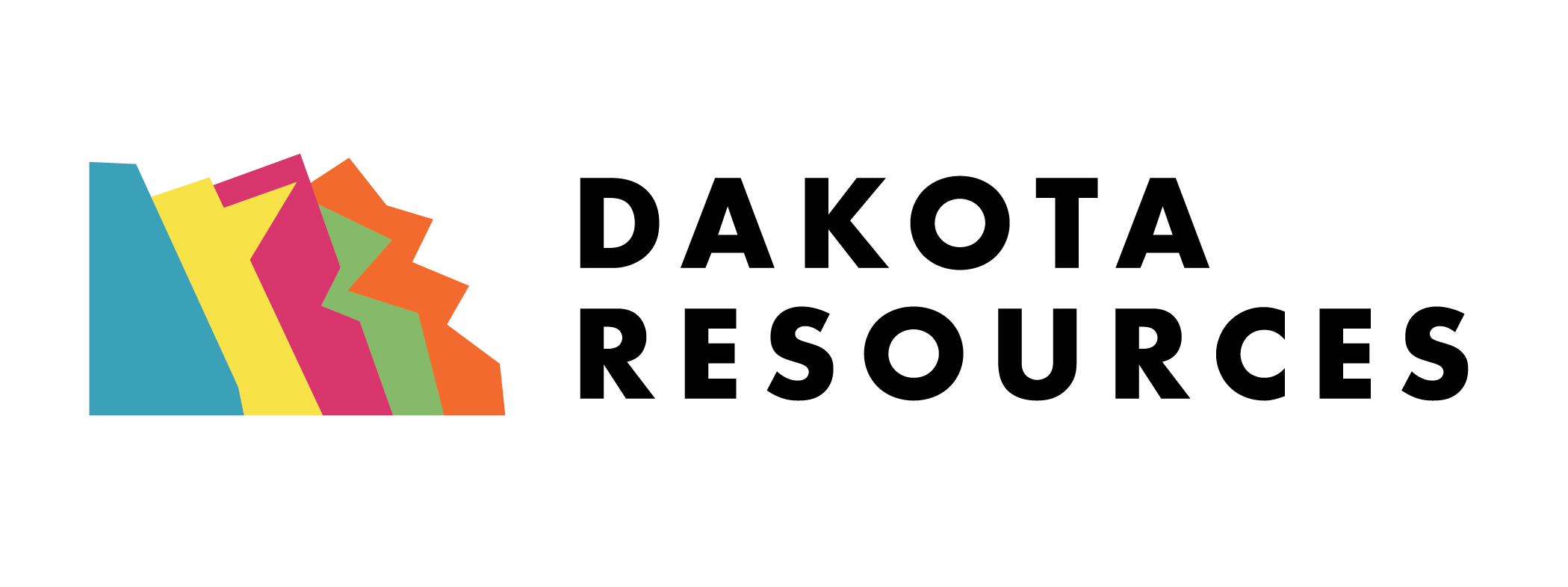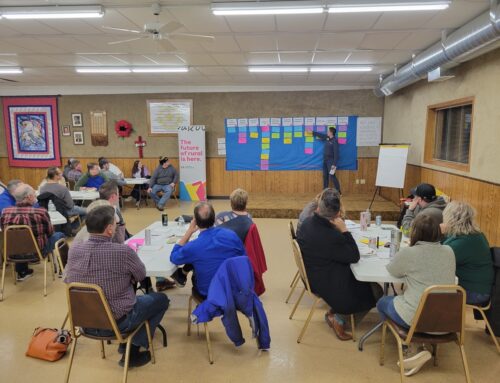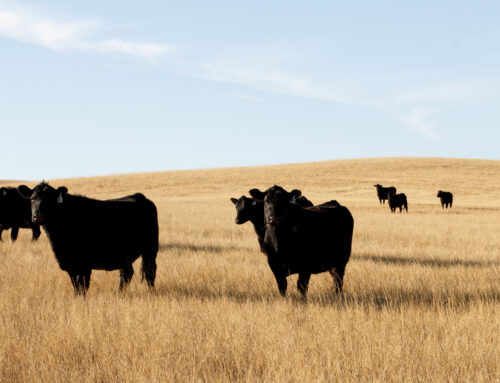Cultivating B.O.L.D. Growth for Rural Economic Development Organizations
Community Coaching has been part of Dakota Resources’ service offerings for quite some time, yet this summer marks a new facet of our coaching work for economic development organizations (EDOs).
Thanks to a $200,000 Beyond Idea Grant (BIG) from the South Dakota Community Foundation – awarded in partnership with the Bush Foundation to support innovative, community-based, problem-solving efforts – Dakota Resources is celebrating the launch of the B.O.L.D. Framework, which will impact six regions in South Dakota this year and serve 20 communities in total by the end of 2024.
“We’re excited to implement the B.O.L.D Framework (Building Organizations for Local Development) and engage local economic development boards in quality organizational capacity building activities to support a thriving rural community,” said Paula Jensen, Senior Vice President and Community Coach at Dakota Resources.
The program’s first cohort will serve six organizations, beginning this fall, including Vermillion Area Chamber and Development Company; Estelline Area Economic Development Corporation; Garretson Industrial Development Corporation; Colton Economic Development Corporation; Custer Area Development Corporation; and Southeast Enterprise Facilitation Project.
The Three Phases of the B.O.L.D. Framework
In the first of B.O.L.D.’s three phases, Dakota Resources staff will begin working at the board and organizational level to establish what’s presently happening in each rural organization. This important discovery work is designed to capture an accurate snapshot of the present-day status of the work being done in the organization through the use of tools such as self-assessments, which will be completed by board members and organizational leaders with support from Dakota Resources staff.
“We’ve been developing the B.O.L.D. Framework for years, but with the South Dakota Community Foundation’s support, we’re able to provide this programming at a reduced cost for EDOs,” Jensen said. “We’re hearing from economic development leaders around the region that the timing is right to engage in this work now.”
The second phase of B.O.L.D. expands the scope of the outreach to the community level by engaging a focused group of stakeholders who will participate in mapping the Thriving Community Blueprint. In this phase, Dakota Resources relies upon the Thriving Community Blueprint to distinguish which building blocks are present in a given community and which entity/ies are taking ownership of these core foundations to foster community and economic development. The Blueprint makes it possible for community stakeholders to engage in a collaborative discussion about the expectations and the opportunities for public and private contributors to each do their part to support community growth.
“It’s common for development organization leaders to feel like more and more responsibility is on their shoulders,” said Nick Fosheim, Client Relationship Director and Community Coach at Dakota Resources. “The B.O.L.D. Framework is a tool that allows us as Community Coaches to facilitate discussions around how to execute on what’s expected while also taking a look at collaborative opportunities to reallocate the load and to leverage assets in a way that supports our shared goals.”
The third phase of the B.O.L.D. framework brings the work back to the board level and digs more deeply into the mission-related moves that are needed for continued momentum and progress. This phase will vary based on the needs of each organization, but this phase allows leaders to work together on the organization, as opposed to only working in the organization. While the third phase marks the conclusion of the B.O.L.D. Framework, an optional fourth phase further activates economic development leaders to further engage in strategic planning and/or capacity building activities.
“It’s not a natural feeling for many of us to welcome the opportunity to work on ourselves, in business, leadership, or life,” Fosheim said. “These six rural communities that are engaging with the B.O.L.D. Framework as our first cohort are committed to working on their organizations for the betterment of their communities as a whole.”
Future Cohorts of the B.O.L.D. Framework
Economic development organizations will have an opportunity to apply to participate in future B.O.L.D. cohorts. Applications will open for the second cohort in late 2023, and the application window for the third cohort is planned to open in spring 2024.
“Similar to any programming that’s designed to level-up participants in meaningful ways, it’s important for B.O.L.D. applicants to consider their own willingness and readiness to engage in doing the work,” Jensen said. “If economic development boards and staff are committed to investing in their organization and their people and are willing to dive into doing this work, applying for a future B.O.L.D. cohort is a valuable opportunity to consider. These rural economic development board members are unique, in that many of these leaders are volunteers who are already doing the important work in their communities. Choosing to pursue an opportunity like this truly requires a higher level of buy-in from them, but we’re excited to support the growth of communities who are ready to thrive.”
TAKE ACTION: Learn more about B.O.L.D. by viewing our one-pager here.
Are you interested in a future B.O.L.D. cohort? Visit DakotaResources.org to complete our High Capacity Organizations Checklist to assess your organization’s readiness to engage in this work.






